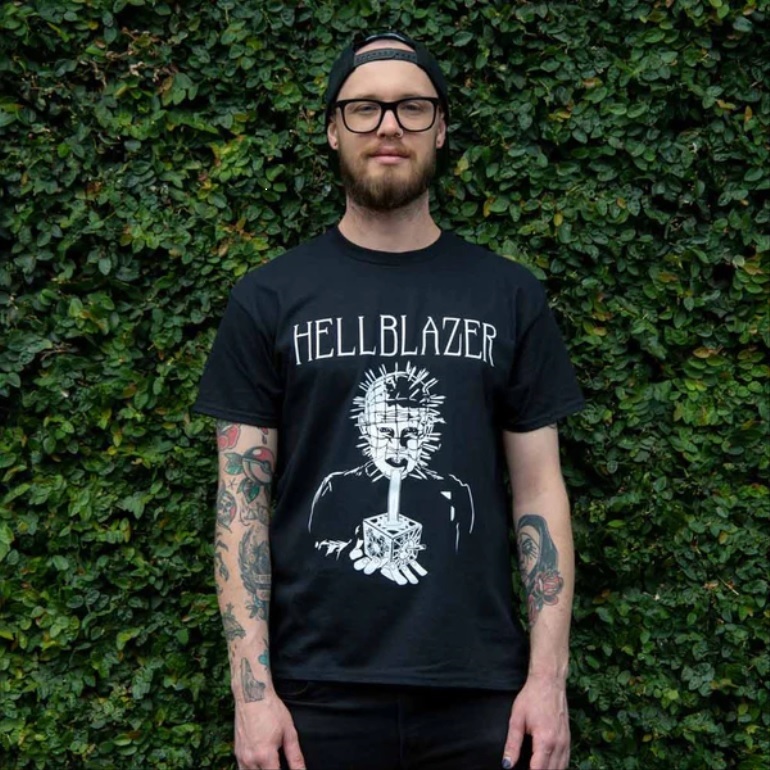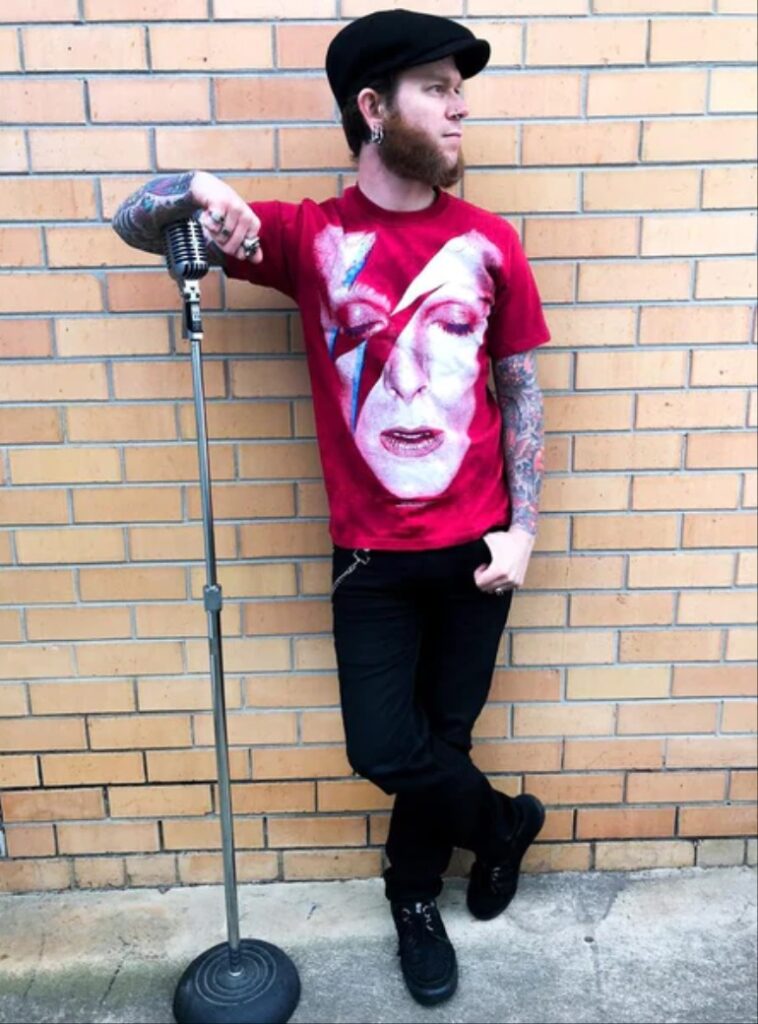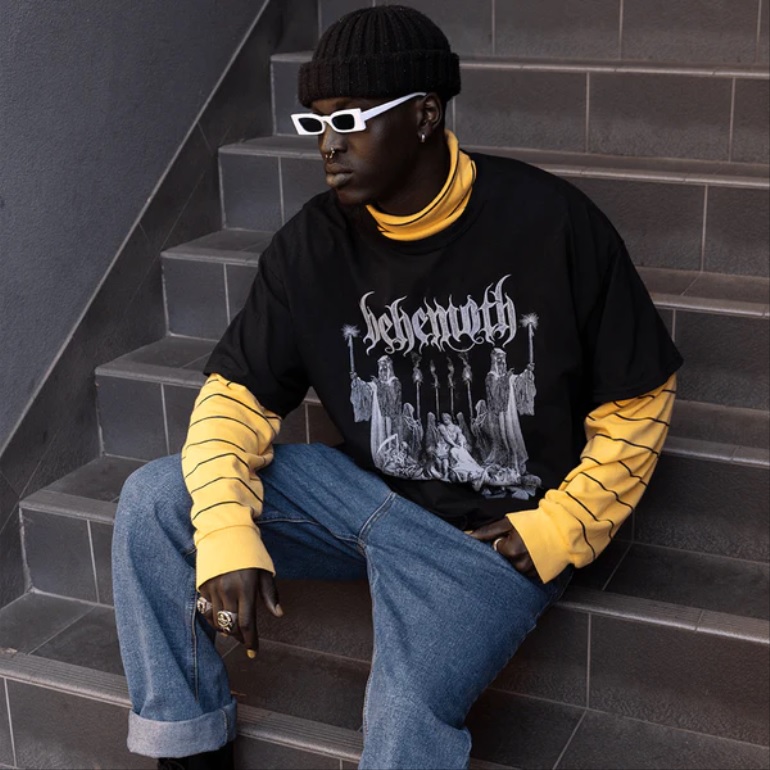The gothic subculture is a multifaceted and enduring movement that has captivated individuals around the world for decades encompassing a wide range of interests, from music and fashion to literature and art. This subculture, often associated with dark and moody aesthetics, has a rich history and continues to thrive as a unique and influential community. This enigmatic world has fascinated generations of young people, who express their individuality through the unique gothic look.
What is the origin and significance of the clothing within the subculture? And what role does music play in shaping the gothic identity? Let’s find out how these elements intertwine to create a distinct subculture that has left an indelible mark on contemporary society.
Gothic Fashion: A Historical Perspective

Gothic fashion finds its roots in the punk and post-punk scenes of the late 1970s and early 1980s. Emerging as a reaction against the vibrant and colourful trends of the time, gothic fashion was characterized by its dark, sombre, and often melancholic aesthetic. Influenced by Victorian and Romantic-era clothing, gothic fashion borrowed elements such as lace, corsets, and ruffled collars, infusing them with a modern and alternative twist.
The early gothic fashion pioneers, such as Siouxsie Sioux and Robert Smith of The Cure, used their style as a means of self-expression and rebellion against mainstream norms. Their eclectic fashion choices and dramatic makeup served as a visual representation of the original gothic mens clothing and the subculture’s rejection of the conventional.
Evolution of Gothic Fashion
As the gothic subculture evolved, so did its fashion. The 1980s saw the emergence of the “batcave” style, characterized by fishnet stockings, leather jackets, and elaborate hairstyles. It was during this time that the gothic fashion movement began to diversify, with various substyles like romantic goth, cyber goth, and Victorian goth gaining prominence in the community.
One of the most iconic elements of both womens and gothic mens clothing is the colour black. Black is not merely a colour within this subculture; it is a statement of identity. Goths often use black clothing as a canvas for personal expression, embellishing it with accessories like silver jewellery, boots, and buckles.
In addition to black, gothic clothes for men and women fashion frequently incorporate other dark hues, such as deep purples, burgundies, and dark greens, adding depth and texture to their outfits. The use of velvet, lace, and leather further enhances the aesthetic, emphasizing its sensual and dramatic qualities.
Gender Fluidity and Individuality
Gothic fashion is also known for its acceptance of gender fluidity and individuality. Goths often reject traditional gender norms and embrace androgynous or non-binary styles, so you will often see alternative men’s clothing worn by females too. This inclusivity allows individuals within the subculture to express their true selves without fear of judgment. It’s not uncommon to see goths of all genders sporting makeup, flowing garments, and accessories that blur the lines between masculine and feminine.
Accessories play a crucial role in gothic fashion, allowing individuals to personalize their look and make a statement about their identity. This might include elaborate chokers, crucifixes, pentagram jewellery, meaningful tattoos, or even occult symbols. Each accessory carries its own significance, reflecting the wearer’s personal beliefs and interests.
The Influence of Music

Music has always been at the heart of the gothic subculture, shaping its identity and providing a sense of community for its members. Bands like Bauhaus, Sisters of Mercy, and Joy Division laid the foundation for the gothic music genre, characterized by its dark and introspective lyrics, haunting melodies, and atmospheric soundscapes.
Gothic music offers a sense of catharsis, allowing listeners to explore themes of alienation, love, death, and the supernatural. The lyrics often resonate with the subculture’s introspective and philosophical tendencies, creating a deep emotional connection between the music and its audience.
The gothic subculture’s connection to music goes beyond mere fandom; it influences fashion, art, and even lifestyle choices. Many goths are passionate about discovering new bands and attending concerts and festivals. These gatherings serve as opportunities to connect with like-minded individuals and reinforce their sense of belonging within the subculture.
Fashion and Music: A Symbiotic Relationship
The relationship between gothic fashion and music is symbiotic, with each influencing and inspiring the other. Musicians often adopt gothic fashion styles, and their stage presence can set trends within the subculture. In turn, gothic fashion designers draw inspiration from the music, creating clothing lines that capture the essence of the music and the emotions it evokes.
The gothic aesthetic extends to album artwork, stage design, and music videos, creating a cohesive visual and auditory experience for fans. Bands often collaborate with fashion designers and artists to create a unified artistic vision that resonates with their audience.
How Can You Pull Off a Gothic Style?

If you just stepping into this fascinating world and you are not sure how to pull off the look or don’t want to go full out with jewellery and piercings, then start with something more casual. The essential pieces of clothes are black. Find some black tees with spooky details, a black hoodie with striking graphics, and a pair of black combat boots. Leather shoes, especially with platform soles are classic goth footwear. Incorporate some jewellery with gothic elements, put on some heavy eyeliner or dark eyeshadow, and you are ready to explore the style. Remember, it’s your creative originality and unique individuality that will rock the look.
It’s safe to say that the gothic subculture’s fusion of music and fashion creates a unique and cohesive aesthetic that continues to influence and inspire individuals worldwide. As the subculture evolves, its dark and moody aesthetic remains a symbol of self-expression, acceptance, and artistic exploration, making it a timeless and enduring force in contemporary society.
